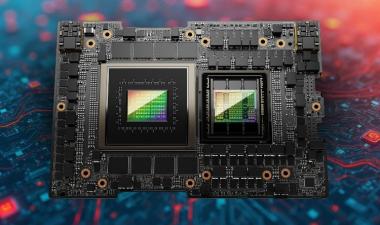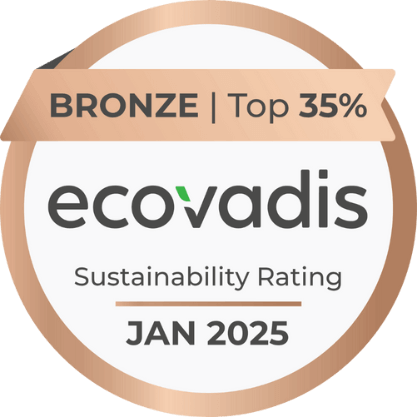Breaking Down the Environment ‘Budgets’ of Chipmaking: Lithography and Sustainability
7 Min Read October 29, 2025
Lithography is the essential, pattern-printing "heartbeat" of chipmaking.

It is the process that enables ever-smaller, faster chips, but this precision comes with an accelerating environmental footprint. While innovations like Extreme Ultraviolet (EUV) lithography offer steps forward by reducing the number of complex process steps, the power demands of the equipment itself keeps the sustainability debate centered on this process. The lithography bay has become one of the biggest energy consumers in the entire manufacturing facility. An EUV scanner is a megawatt-class machine, and clusters of them, plus their extensive support systems (cooling, vacuum, cleanroom air), can draw tens of megawatts. This energy footprint is so significant that the core question for new fabs isn't just "Can we build it?" but "Can the local power grid reliably supply continuous, massive power at this scale?" Fabs must now approach power infrastructure with the same rigor as cloud providers, planning for substation upgrades, on-site storage, and long-term supply agreements.
EUV: A Breakthrough with an Energy Catch
EUV is a true technical marvel. To generate the necessary 13.5-nanometer light, the tools create a "miniature sun" by firing lasers at tiny tin droplets 50,000 times a second, reaching temperatures hotter than the Sun's surface. The trade-off is efficiency: tens of kilowatts of laser power are needed to generate just a few hundred watts of usable light, meaning less than 2% of the initial energy reaches the wafer. While EUV saves time and chemicals by eliminating patterning steps, its power hunger makes its sustainability case complex.
Applied Materials Releases Playbook for Sustainable Energy for AI
The environmental impact of lithography extends far beyond the electricity meter in the fab. Indirect, upstream, and downstream activities—known as Scope 3 emissions—are estimated to account for up to 30% of the climate impact associated with advanced logic processing.
Key Scope 3 "hotspots" include the entire aqueous processing supply chain:
- The manufacture and transport of photoresists, developers, and chemical additives.
- The production and replacement of consumables for creating ultrapure water (UPW), which is an energy-intensive process in itself.
- The off-site treatment of spent chemicals and rinses, which is complicated by the presence of hazardous chemistries like PFAS in some materials.
Due to increased complexity, the overall emissions of a 2nm fab are estimated to be roughly three times higher than those of a legacy 90nm fab. This trend emphasizes the need to look holistically at the material supply chain.
The Four Budgets of the Photon Economy
Instead of viewing lithography as one massive power sink, it’s more productive to see it as a photon economy with four interconnected budgets that can be strategically balanced:
- Electricity for the scanners ("photons").
- Chemicals and water for coating, developing, and rinsing.
- Industrial gases like hydrogen and nitrogen.
- Computing used to design and correct the complex mask patterns.
These efforts will continue to pave the way for improved transparency and cross-industry collaboration.
Alarming Semiconductor Manufacturing Emissions Forecast Published by TechInsights
The path to a greener chip involves balancing these four budgets. Toolmakers are already working on reducing kilowatt-hours per exposure, recovering hydrogen and solvents, and testing safer, PFAS-free resists. Chip designers also have a critical role: they must integrate resource-use data into their design choices, ensuring that every printed line costs less energy and material than the last. The future of lithography is about enabling progress while responsibly managing the planetary costs.
For more details, read the full Lithography Remains the Center of the Sustainability Debate report.









